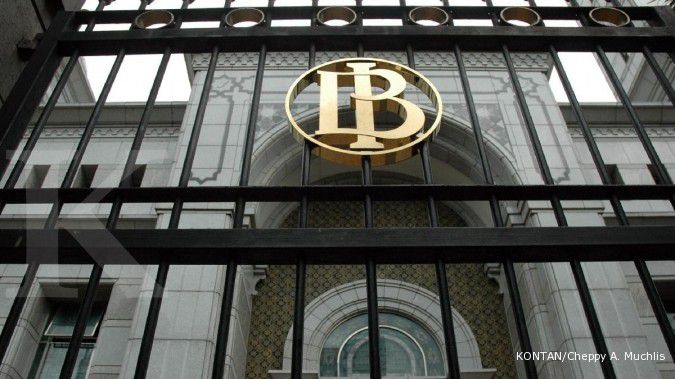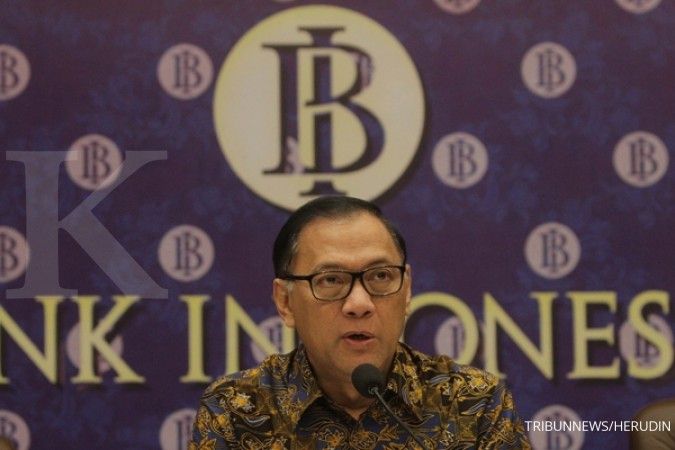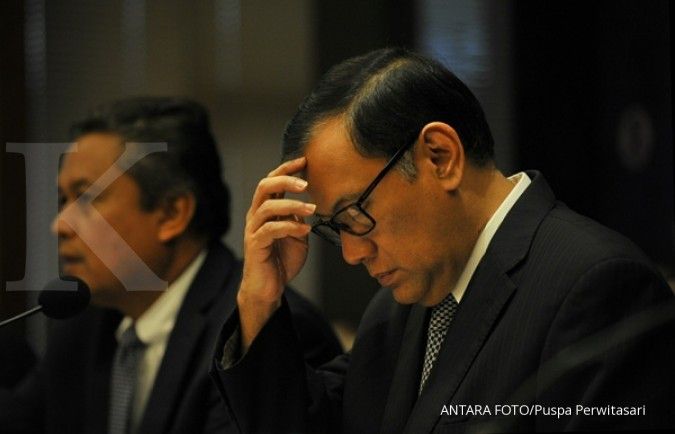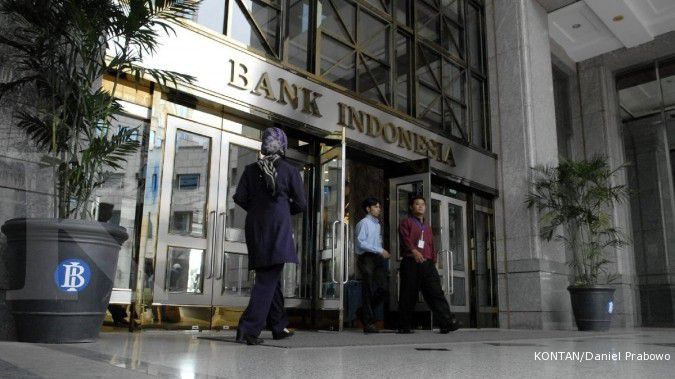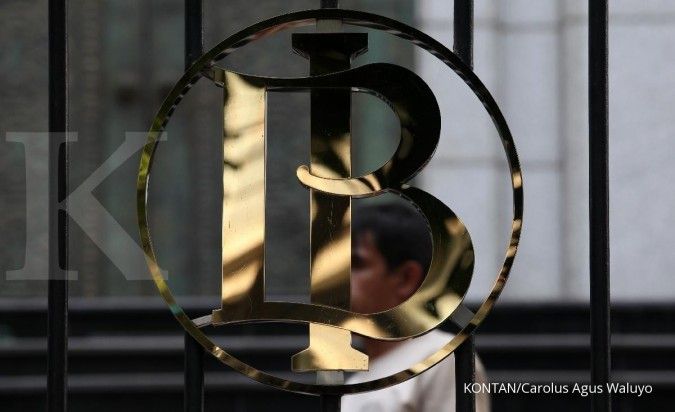JAKARTA. Bank Indonesia (BI) has introduced an awaited new regulation on the loan-to-funding ratio (LFR) to ease liquidity pressures in the banking system by expanding banks’ choices of funding sources.
The regulation, No. 17/11/PBI/2015 issued on June 25, states that banks can push their lending disbursement higher to reach 94 percent of their total funding, an increase from the current benchmark of 92 percent under the loan-to-deposit ratio (LDR) formula.
The funding options — which traditionally only include customers’ savings, demand deposits and time deposits within the LDR — have also been expanded to include medium term notes, floating rate notes and bonds that are issued by banks.
Subordinated debt and any securities that have been purchased by fellow banks, however, are excluded from the list of funding options. The higher LFR of 94 percent will be implemented starting Aug. 1.
According to BI deputy governor Erwin Rijanto, the central bank expects to see an easing of liquidity pressure now that lenders have new funding options under their belt to support loan expansion.
However, not all banks are automatically qualified to carry out the new practice because they must fulfill certain criteria.
Some of the criteria require banks to have channeled at least 5 percent of their total loans to the small and medium enterprise (SME) segment in 2015. They are also required to have low non-performing loan (NPL) ratio of below 5 percent for both total loans and loans channeled to the SME segment.
Banks that do not meet the aforementioned criteria stand a chance to see the incentives for their secondary reserves requirement (GWM) reduced by BI.
Meanwhile, some of the major lenders have said that they will not go all-out pursuing higher loan targets or stepping up bond issuances this year, despite being provided with the “break”.
Bank Negara Indonesia (BNI) president director Achmad Baiquni said that the slowdown in the economy had made the state lender more cautious in channeling its loans.
“We will not push our lending to 94 percent because the overall credit demands have weakened. We want to maintain our lending level at around 89 or 90 percent of our total funding by the end of the year,” he said recently.
BNI has no plan to issue bonds anytime soon, either, according to Baiquni.
Similar to BNI, Bank Internasional Indonesia (BII) might not sell debt papers to support its lending expansion in the immediate future, said finance director Thilagavathy Nadason.
“It’s true that the new policy has provided more room for lending expansion, but the economy is not moving as we have expected. So we don’t have that many new loan demands,” she said.
Bank Rakyat Indonesia (BRI) finance director Haru Koesmahargyo said that the new regulation would do little for its own liquidity for the time being.
“Some of the securities that we have issued are owned by banks and it’s important to keep in mind that they are not included in the new formula. So my rough estimate suggests that our current LDR will only decline by 1.2 percentage points according to the LFR calculation,” he told The Jakarta Post.
BRI’s lending portion currently stands at around 90 percent of its total customer deposits.
Separately, Bank Central Asia (BCA) president director Jahja Setiaatmadja said that he welcomed the rule, even though banking liquidity had slowly improved in 2015 from last year.
He said that banks would already have sufficient time to adjust to the new policy if the situation changed.
“If the government’s infrastructure projects start to roll out, we will see an uptick in credit demand and liquidity will tighten again,” he said, adding that the LFR policy would play a role by then. (Tassia Sipahutar)
